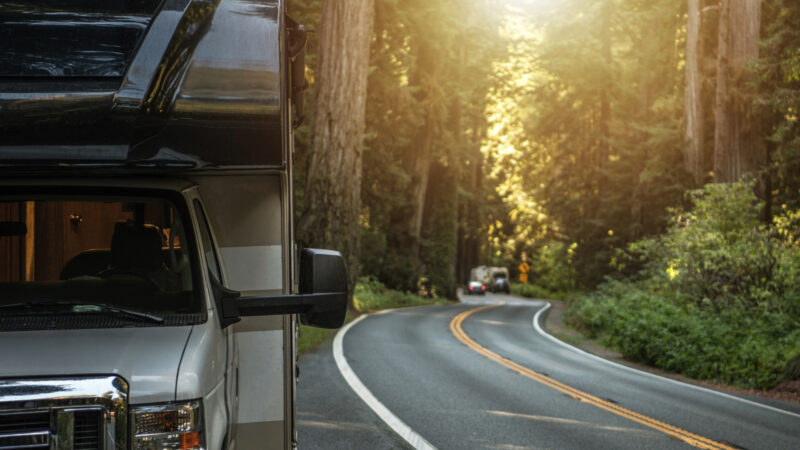Navigating the financial avenues to owning your dream RV or travel trailer can be a journey filled with many decisions. The first leg of this journey involves delving deep into the diverse costs associated with RV ownership, which goes well beyond the sticker price; it encapsulates both the initial cost based on the type and condition of the RV, and the ongoing expenses such as maintenance, insurance, and potential finance charges.
As you venture further, you'll encounter crossroads where you must choose between secured and unsecured loans, each with its own set of advantages and potential pitfalls. A secured loan, shielded by the RV itself, usually presents a pathway of lower interest rates but comes with the peril of losing your prized possession in case of a default. On the flip side, unsecured loans offer a road less risky in terms of asset forfeiture, relying more on your creditworthiness, albeit at the cost of higher interest rates.
Much like planning a road trip with your newly acquired RV, arranging for its financing is a step-by-step process. From selecting the ideal RV to determining the amount to borrow and sailing through the application process, every step is crucial in ensuring a smooth ride.
Therefore, as we buckle up to explore this detailed guide, remember that selecting the right loan term and interest rate is akin to choosing the best route for your journey; it should align with your financial landscape, offering a balance between monthly payments and total interest accrued over time. Let's embark on this financial expedition, steering you closer to the dream of owning an RV or travel trailer.
Understand the Cost of an RV/ Travel Trailer

Understanding the cost of an RV involves evaluating various factors that influence the final price. Here is a breakdown of the potential costs you might encounter:
1. Base Price of the RV
1.1 Type of RV
- Class A Motorhomes: These are the largest and most expensive, ranging from $60,000 to well over $500,000.
- Class B Motorhomes (Campervans): Prices vary widely but generally range from $40,000 to $200,000.
- Class C Motorhomes: These can cost between $50,000 and $200,000.
- Travel Trailers: Depending on the size and amenities, they can cost anywhere from $10,000 to $100,000.
- Fifth-Wheel Trailers: These generally range from $20,000 to $150,000.
1.2 New vs. Used
- New: Buying a new RV will be more expensive, but it comes with the latest features and a warranty.
- Used: A used RV can be significantly cheaper, though it might require more maintenance.
2. Operating Costs
2.1 Fuel
- Fuel Consumption: Larger RVs will consume more fuel.
- Gas Prices: These fluctuate and will impact your annual cost.
2.2 Maintenance
- Routine Maintenance: Includes costs for things like oil changes, tire rotations, and inspections.
- Repairs: Older RVs might require more frequent repairs.
3. Additional Costs
3.1 Insurance
- RV insurance costs can vary depending on the type and value of the RV.
3.2 Depreciation
- RVs depreciate over time, and this is a cost to consider, especially if you plan to sell it later.
3.3 Camping & Parking Fees
- Some places charge fees for overnight stays, and there might be costs associated with parking.
3.4 Utilities
- Depending on how you use your RV, you might have costs associated with utilities like water, electricity, and propane.
3.5 Accessories and Upgrades
- Things like satellite TV, internet, and additional amenities can add to the cost.
4. Financing Costs
4.1 Interest
- If you finance your RV, you'll have to pay interest on the loan.
4.2 Loan Terms
- Longer loan terms might have lower monthly payments but could result in higher total costs due to interest.
5. Miscellaneous Costs
5.1 Storage
- If you don't use your RV year-round, you might need to pay for storage.
5.2 Taxes and Registration
- You'll need to pay sales tax when you buy the RV, and there will be ongoing costs for registration and possibly property tax.
Understanding these factors will give you a comprehensive view of the total cost of owning an RV. It's always good to budget a bit extra for unexpected expenses as well.
Secured vs Unsecured RV and Trailer Loans
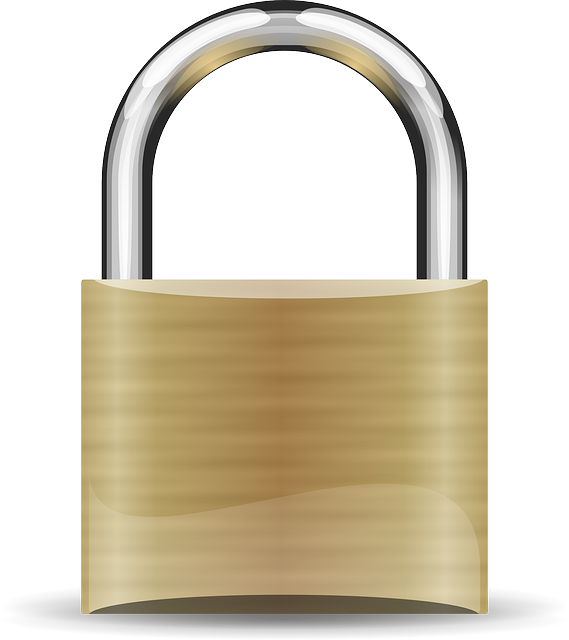
Secured and unsecured loans are the two primary financing options available when you are looking to finance an RV or trailer. Here's how they compare:
Secured Loans
Definition:
- Secured loans are backed by an asset, in this case, the RV or trailer itself.
Interest Rates:
- Generally, they offer lower interest rates because the rv loan lender has the right to take possession of the asset if you default on the loan, which reduces their risk.
Loan Amount:
- You can usually borrow a larger amount with a secured loan, often up to the full purchase price of the RV or trailer.
Loan Term:
- Secured loans often come with longer repayment terms, which can make the monthly payments more affordable.
Credit Score:
- You might be able to qualify for a secured loan with a lower credit score because the lender has the security of the asset to offset their risk.
Risk:
- The downside is that you risk losing the RV or trailer if you default on the loan.
Unsecured RV Loans
Definition:
- Unsecured loans are not backed by an asset. Instead, they are based on your creditworthiness and are a more personal loan.
Interest Rates:
- Unsecured loans typically have higher interest rates because the lender is taking on more risk.
Loan Amount:
- You might only be able to borrow a smaller amount with an unsecured loan, which could mean you need to come up with a larger down payment.
Loan Term:
- Unsecured loans often have shorter repayment terms, which can result in higher monthly payments.
Credit Score:
- You'll typically need a good to excellent credit score to qualify for an unsecured loan, especially at a reasonable interest rate which is common for more personal loans.
Risk:
- The upside is that your RV or trailer is not directly at risk if you default on the loan (though defaulting will still have serious consequences for your credit and could result in legal action).
Application Process:
- The application process for unsecured loans might be quicker and less complex because there's no need to evaluate and use an asset as collateral.
When choosing between secured and unsecured loans, consider your financial situation, how much you need to borrow, and the risk you're willing to take on. Always make sure to shop around and compare loan terms and interest rates from different lenders to find the best deal.
How do RV and Travel Trailer loans work?
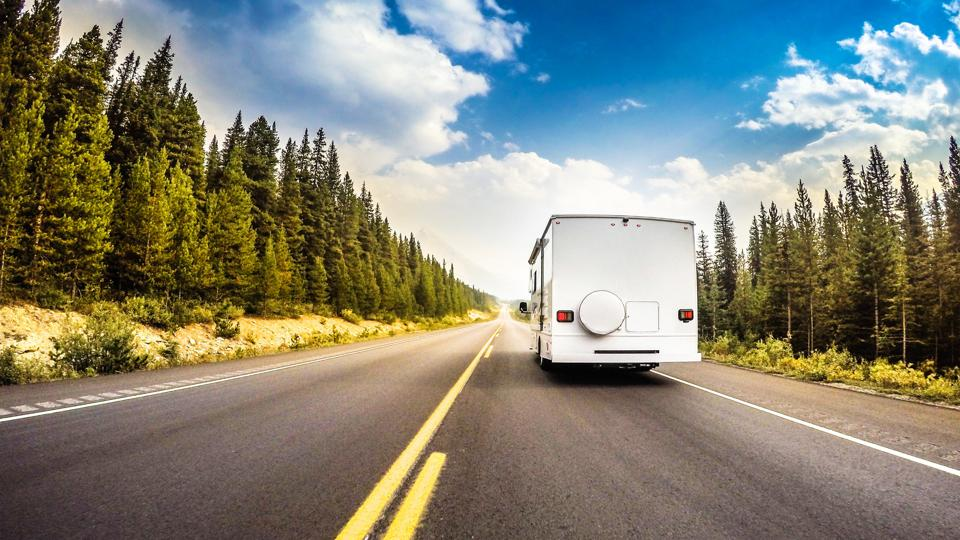
RV and travel trailer loans work somewhat similarly to auto loans, where you borrow a certain amount of money to purchase the vehicle and then pay back the loan over time with interest. Here's a step-by-step breakdown of how these loans typically work:
1. Choosing Your RV or Travel Trailer
Before applying for a loan, you need to choose the RV or travel trailer that suits your preferences and budget. Different types of RVs and trailers will have varying prices.
2. Determining the Loan Amount
Once you know the cost of the RV or trailer, decide how much money you want to borrow. This might include the full cost or just a portion if you plan to make a down payment.
3. Applying for a Loan
With the amount in mind, start the loan application process. You can obtain loans from:
- Banks
- Credit Unions
- RV and Trailer Financing Companies
- Dealership Financing
4. Credit Check
Lenders will check your credit score and financial history to determine your creditworthiness. Your credit score will influence the interest rate you are offered.
5. Loan Approval
If the lender approves your application, they will offer you a loan with specific terms including the interest rate and repayment period.
6. Agreeing to Loan Terms
Review the loan terms carefully and see if the rv loans tax deductible and make sure its the best rv loan rates avalible. If you agree, you will enter into a contract to repay the loan with interest over a specified period.
7. Down Payment
You might be required to make a down payment, which is a percentage of the RV or trailer's purchase price.
8. Closing the Deal
With the loan secured, you can now finalize the purchase. The lender will either give you a check to pay the seller, or they might send the funds directly to the seller.
9. Monthly Repayments
After the purchase, you will begin making monthly payments to repay the loan. Ensure to adhere to the repayment schedule to avoid penalties and to maintain a good credit score.
10. Ownership
Once the loan is fully repaid, you become the outright owner of the RV or travel trailer.
11. Insurance
Remember, you'll need to insure your RV or trailer, which might be a requirement of the loan agreement.
Additional Points to Consider:
- Interest Rates: Can be fixed (remains the same for the entire loan term) or variable (can change over time).
- Loan Term: The period over which you will repay the loan. Longer terms mean smaller monthly payments but more interest paid over the life of the loan.
- Prepayment Penalties: Some loans have penalties for paying off the loan early. Check with your lender to understand the terms.
- Secured vs Unsecured Loans: Loans can be secured (backed by the RV or trailer as collateral) or unsecured (not backed by any collateral).
What minimum credit score do you need to buy an RV/Travel Trailer?
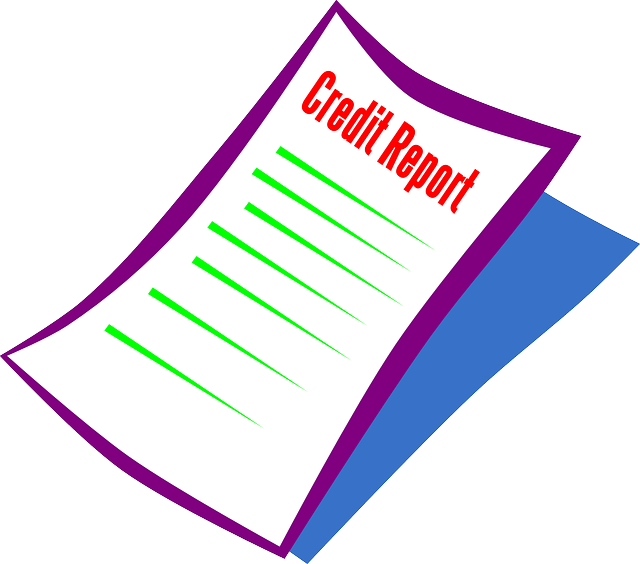
The minimum credit score needed to finance an RV or a travel trailer can vary depending on the lender and is based on your credit history, but here's a general guideline:
- Excellent Credit (750 and above): You will likely receive the best interest rates and loan terms.
- Good Credit (700-749): You should still be able to secure a loan with favorable terms, though the interest rate might be slightly higher than if you had excellent credit.
- Fair Credit (650-699): You can still qualify for a loan, but the interest rates will be higher, and the loan terms might not be as favorable.
- Poor Credit (600-649): Obtaining a loan might be challenging, and if you do qualify, the interest rates will be quite high.
- Bad Credit (below 600): It will be very difficult to secure a loan, and you may need to consider other options such as saving up to buy the RV or travel trailer outright, or improving your credit score before attempting to get a loan.
Important Points to Note:
- Pre-Approval: Try to get pre-approved before shopping for an RV or travel trailer, as this can give you a clear picture of what you can afford and the interest rate you will receive.
- Down Payment: If you have a lower credit score, you might improve your chances of getting approved by offering a larger down payment.
- Co-Signers: In some cases, having a co-signer with a better credit score can help you secure a loan.
- Shop Around: Different lenders have different criteria, so it might be beneficial to shop around to find a lender willing to work with your credit score.
- Specialized Lenders: Some lenders specialize in loans for individuals with bad credit. However, be cautious as these loans often come with extremely high-interest rates and unfavorable terms.
- Credit Unions: Credit unions might be more flexible than banks when it comes to credit score requirements.
Save Up for a Down Payment

Saving up for a down payment on an RV or travel trailer is a sensible strategy to reduce your loan amount and potentially secure better loan terms. Here's how you can go about it:
Step 1: Determine the Down Payment Amount
- Research RV/Travel Trailer Prices: Understand the average cost of the RV or travel trailer you intend to buy.
- Decide on the Down Payment Percentage: Common down payment percentages are 10%, 20%, or even higher. The greater the down payment, the lesser you'll need to borrow.
Step 2: Create a Savings Plan
- Budget Your Expenses: Create a budget that includes a specific line item for saving towards the down payment.
- Set a Target Date: Determine by when you want to have the down payment saved up, and calculate how much you need to save each month to meet that goal.
Step 3: Implementing Savings Strategies
- Open a Dedicated Savings Account: Open a separate savings account specifically for your down payment to avoid spending the money on other things.
- Automatic Transfers: Set up automatic transfers to your savings account each month to ensure consistency.
Step 4: Increase Your Savings
- Cut Back on Non-Essential Expenses: Temporarily reduce spending on non-essential items to boost your savings rate.
- Extra Income: Consider ways to earn extra income, such as a part-time job or freelance work, to add to your down payment fund.
- Tax Returns and Bonuses: Allocate windfalls like tax returns or bonuses directly to your down payment savings.
Step 5: Monitor Your Progress
- Regular Review: Periodically review your progress and adjust your savings plan as needed.
- Adjust Your Target Date: If necessary, adjust your target date to accommodate changes in your financial situation or savings rate.
How to compare RV/Trailer loan lenders
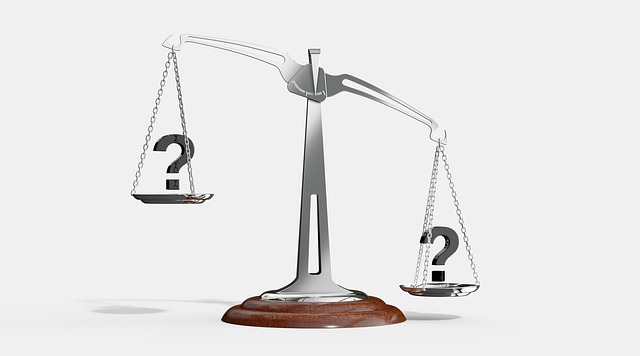
Comparing RV/Trailer loan lenders is a critical step in ensuring that you get the best deal possible. Here's a guide on how to compare different lenders:
Step 1: Research Potential Lenders
Start by making a list of potential lenders. These might include:
- Banks: Traditional financial institutions offering a range of loan products.
- Credit Unions: Member-owned institutions that often offer favorable loan terms.
- Online Lenders: Companies that operate online and might offer competitive interest rates.
- RV/Trailer Dealerships: Many dealerships offer financing, sometimes with promotional interest rates.
Step 2: Evaluate Interest Rates
Interest rates will significantly influence your monthly payments and the total cost of the loan.
- Fixed Interest Rates: The rate remains constant throughout the loan period.
- Variable Interest Rates: The rate can fluctuate over time, potentially leading to varying monthly payments.
Step 3: Examine Loan Terms
Different lenders might offer different loan terms.
- Loan Duration: Typically, loans can range from a few years to 20 years or more for RVs and trailers. Longer terms mean lower monthly payments but higher total interest costs.
- Down Payment: Compare the down payment requirements. A higher down payment usually results in a lower interest rate.
Step 4: Consider Fees and Charges
Understand the various fees associated with the loan.
- Origination Fees: Some lenders charge a fee to process the loan.
- Prepayment Penalties: Check if there are penalties for paying off the loan early.
Step 5: Analyze Additional Features
Some lenders might offer additional features with the loan.
- Flexible Payment Options: Some lenders offer options like bi-weekly payments.
- Grace Periods: Check if the lender offers a grace period for late payments without charging a penalty.
Step 6: Check Customer Service and Reviews
Research the lender’s reputation for customer service and read reviews from other borrowers.
Step 7: Pre-approval
Consider getting pre-approved by several lenders to see what interest rates and terms you might qualify for without affecting your credit score.
Step 8: Compare Loan Offers
Once you have all the necessary information, compare the loan offers side by side.
- Monthly Payments: Calculate the monthly payments for each loan offer to see what fits into your budget.
- Total Cost of the Loan: Calculate the total cost of each loan (principal + interest) to see which loan is the most economical in the long run.
Step 9: Negotiate Terms
Don't hesitate to negotiate the terms of the loan, especially if you have good credit.
Step 10: Make a Decision
After comparing all the factors, make an informed decision on which lender to choose.
Additional Tips
- Credit Score: Be aware that your credit score will significantly influence the interest rate you're offered.
- Documentation: Have all necessary documentation ready to streamline the application process.
When Is the Best Time to Buy an RV/Trailer?

The best time to buy an RV or trailer often depends on a combination of factors such as dealer promotions, manufacturer updates, and seasonal demand. Here are some key points to consider when planning your RV or trailer purchase:
1. Fall and Winter
- End-of-Season Deals: Many dealers offer discounts in the fall to clear out their inventory before the winter season.
- Less Competition: There might be less competition from other buyers during this time, giving you a better negotiating position.
2. During RV Shows
- Promotional Offers: RV shows often feature promotional offers, discounts, and financing deals.
- Variety of Options: RV shows allow you to explore a variety of options in one place, which can help you make a more informed decision.
3. At the End of the Model Year
- Discounts on Older Models: As manufacturers release new models, dealers may offer discounts on the previous year’s models to make room for the new inventory.
- Potential for Upgrades: You might be able to negotiate for upgrades at a lower cost during this time.
4. Off-Peak Weekdays
- Undivided Attention: Visiting a dealer on a weekday might mean getting undivided attention from the sales staff.
- Better Negotiating Power: Less customer traffic might give you better negotiating power.
5. During Promotions and Sales Events
- Discounted Prices: Dealers often have sales events where you can get RVs and trailers at discounted prices.
- Additional Incentives: These events might also offer additional incentives like extended warranties or included accessories.
6. Early Spring
- New Inventory: Early spring is when dealers might have a new inventory coming in, giving you a fresh batch to choose from.
- Pre-Season Deals: Some dealers might offer pre-season deals to kick-start their sales for the year.
Can you prequalify for an RV/Trailer loan?
Yes, you can prequalify for an RV/trailer loan, and it is often a recommended step before you start shopping for your RV or trailer. Prequalification gives you an estimate of how much you might be able to borrow based on a soft inquiry into your credit, which doesn't affect your credit score. Here is how you can go about prequalifying for an RV/trailer loan:
Step 1: Research Lenders
- Banks and Credit Unions: Many traditional banks and credit unions offer RV/trailer loans. Check with your existing bank first, as they might offer better rates to existing customers.
- Online Lenders: Online financial institutions often provide competitive rates and an easy application process.
- Dealership Financing: Many RV/trailer dealers offer financing, though it might not be the best rate available.
Step 2: Check Your Credit Score
- Credit Report: Obtain a copy of your credit report to check your score and ensure there are no errors.
- Credit Score: Know your credit score as it will be a significant factor in the interest rate you are offered.
Step 3: Gather Necessary Documents

Prepare the necessary documents, which might include:
- Proof of Income: Recent pay stubs or tax returns.
- Proof of Employment: A recent job letter or other proof of employment.
- Personal Identification: Government-issued ID, such as a driver's license or passport.
- Proof of Residence: A utility bill or lease agreement to prove your residence.
Step 4: Apply for Prequalification
- Online or In-Person: Apply for prequalification online or in-person, depending on the lender.
- Information Submission: Submit the necessary information, which usually includes your income, debt level, and employment information.
Step 5: Receive Prequalification Offer
- Loan Offer: If you prequalify, the lender will provide an offer with an estimated interest rate and loan term.
- Budget Planning: Use this information to plan your budget and determine what you can afford.
How to apply for an RV/Trailer Loan
Applying for an RV or trailer loan is a process that generally involves several steps, from researching and comparing lenders to submitting an application and closing on the loan. Here is a comprehensive guide to help you navigate the process:
Step 1: Research and Preparation
1.1 Understand Your Credit Score
- Check Your Credit Score: Obtain your credit score from one of the major credit bureaus.
- Improve Your Score: If possible, work on improving your credit score before applying for a loan to potentially secure a better interest rate.
1.2 Determine Your Budget
- Calculate Your Budget: Determine how much you can afford to spend on an RV/trailer, taking into consideration the down payment, monthly loan payments, and other ownership costs like insurance and maintenance.
Step 2: Research Lenders
2.1 Choose Your RV loan lenders
- Banks and Credit Unions: Consider traditional banks and credit unions, especially those with whom you have existing relationships.
- Online Lenders: Look into online lenders who often offer competitive rates and streamlined application processes.
- Dealership Financing: Dealerships usually offer financing options, but compare their terms with other lenders to ensure you're getting the best deal.
Step 3: Get Prequalified (Optional)
3.1 Prequalification Process
- Submit Prequalification Applications: Submit prequalification applications to multiple lenders to get an estimate of the loan terms you might qualify for.
- Review Offers: Review the prequalification offers and use them to finalize your budget.
Step 4: Choose Your RV/Trailer
4.1 Select Your RV/Trailer
- Research Models: Research various RV/trailer models to determine which one meets your needs and falls within your budget.
- Inspect the Vehicle: If possible, inspect the vehicle personally to ensure it meets your expectations.
Step 5: Finalize Your Loan Application
5.1 Gather Necessary Documents
Gather the necessary documents, which might include:
- Proof of income (recent pay stubs or tax returns)
- Proof of employment
- Personal identification (government-issued ID)
- Proof of residence (utility bill or lease agreement)
5.2 Complete the Loan Application
- Submit Application: Submit the loan application with the chosen lender, providing all the requested information and documents.
- Wait for Approval: After submitting the application, wait for the lender to process it and make a loan approval decision.
Step 6: Closing on the Loan
6.1 Review Loan Terms
- Review the Loan Agreement: Carefully review the loan agreement to ensure that you understand and agree with all the terms.
- Negotiate Terms: If necessary, negotiate the terms of the loan to secure the best possible deal.
6.2 Finalize the Loan
- Sign the Agreement: Once you agree to the terms, sign the loan agreement to finalize the loan.
- Receive Funds: After finalizing the loan, the lender will disburse the funds, either directly to you or to the dealer.
6.3 Purchase Your RV/Trailer
- Complete the Purchase: Use the loan funds to complete the purchase of your RV/trailer.
- Registration and Insurance: Ensure that the RV/trailer is properly registered and insured before you take possession.
Step 7: After the Purchase
7.1 Set Up Payments
- Setup Payment Method: Set up your preferred payment method (e.g., automatic payments from your bank account) to ensure timely loan payments.
- Maintain Your RV/Trailer: Properly maintain your RV/trailer to preserve its value and functionality.
7.2 Monitor Your Loan
- Monitor Your Loan: Regularly monitor your loan account to ensure that everything is proceeding as expected.
- Consider Refinancing: In the future, consider refinancing the loan if you can secure a lower interest rate or better terms.
By following this step-by-step guide, you should be well-prepared to apply for and secure an RV/trailer loan.
What is a good interest rate for an RV/Travel Trailer?

The RV loan interest rates you might get for an RV or travel trailer loan can depend on a variety of factors including your credit score, the lender's policies, the length of the loan, and the current state of the economy.
However, to give you a general idea, here is a rough guideline:
- Excellent Credit (720-850): If you have excellent credit, you might qualify for interest rates in the range of 4% to 6%.
- Good Credit (690-719): With a good credit score, you could be looking at interest rates from around 6% to 8%.
- Fair Credit (630-689): Those with fair credit might see rates in the vicinity of 8% to 15%.
- Poor Credit (300-629): If your credit is in this range, you might be offered interest rates of 15% and above.
Please note these are just general guidelines. The actual rates can vary significantly based on the factors mentioned above. Moreover, RV loans often have higher interest rates compared to traditional auto loans due to their longer repayment terms.
Here are a few steps you can take to secure a good interest rate:
- Improve Your Credit Score: Work on improving your credit score before applying for a loan.
- Shop Around: Get quotes from multiple lenders to find the best rate.
- Consider a Larger Down Payment: A larger down payment can sometimes help you secure a lower interest rate.
- Shorter Loan Term: Choosing a shorter loan term can sometimes result in a lower interest rate, but it would mean higher monthly payments.
Remember to also consider other factors, such as the loan term, fees, and the lender's reputation, when comparing loan offers.


